Pincer grasp activities can greatly benefit preschoolers as they help develop their fine motor skills, particularly in the areas of hand-eye coordination and finger dexterity.
These activities help preschoolers to develop the muscles in their fingers and hands, which will in turn help them in tasks such as writing and drawing.
We will explore some amazing Pincer Grasp Activities for Preschoolers to help promote their cognitive and physical development.
Pick up Pom-Poms:
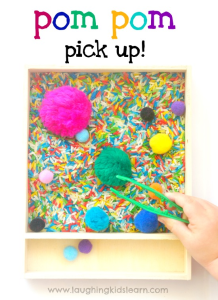
This activity involves having children use their pincer grasp to pick up pom-poms with their fingers and sort them by color. It promotes cognitive and physical development.
Tweezers and Buttons:
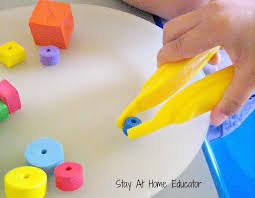
Children can use tweezers to pick up small buttons and sort them by color, size, or shape. This activity promotes cognitive and fine motor development.
Bead Threading:
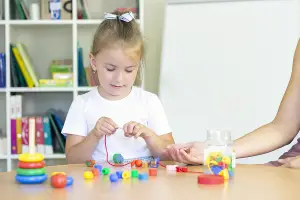
Children can use their pincer grasp to thread beads onto a string. This activity promotes fine motor development and hand-eye coordination.
Stickers and Paper:
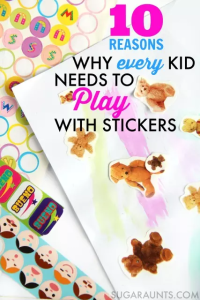
Children can use their pincer grasp to pick up and place stickers onto paper. This activity promotes creativity, fine motor development, and hand-eye coordination.
Related: 20 Easy Drawing Activities for Preschoolers
Play-Dough:
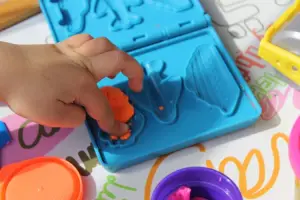
Children can use their pincer grasp to pinch and mold playdough into different shapes. This activity promotes creativity and fine motor development.
Pom-Pom Sort:
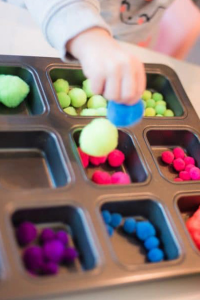
Children can sort pom-poms by size or color using their pincer grasp. This activity promotes cognitive development and fine motor skills.
Pipe Cleaner Sort:
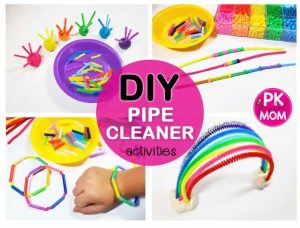
Children can sort pipe cleaners by color or shape using their pincer grasp. This activity promotes cognitive development and fine motor skills.
Button Snake:
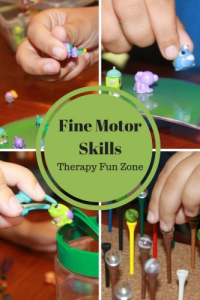
Children can string buttons onto a pipe cleaner to create a “button snake.” This activity promotes fine motor development and hand-eye coordination.
Clothespin Counting:
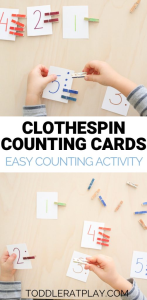
Children can use clothespins to clip onto numbered cards to practice counting. This activity promotes cognitive development and fine motor skills.
Q-tip Painting:
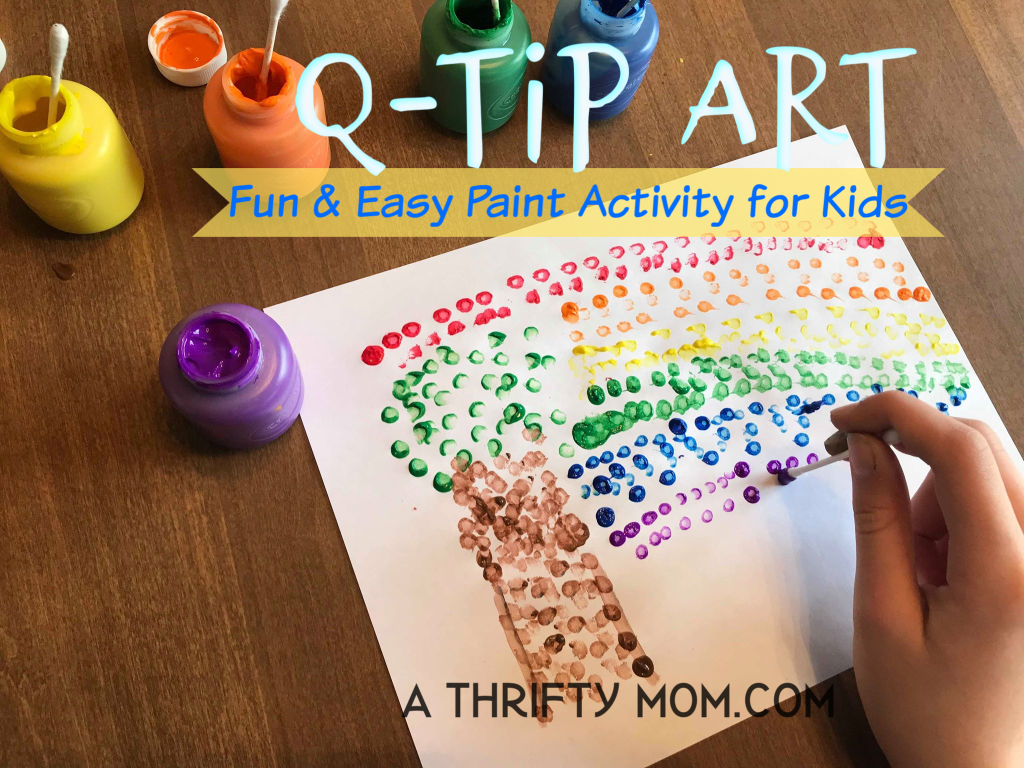
Children can use Q-tips to paint pictures or letters. This activity promotes creativity and fine motor skills.
Play with Water Beads:
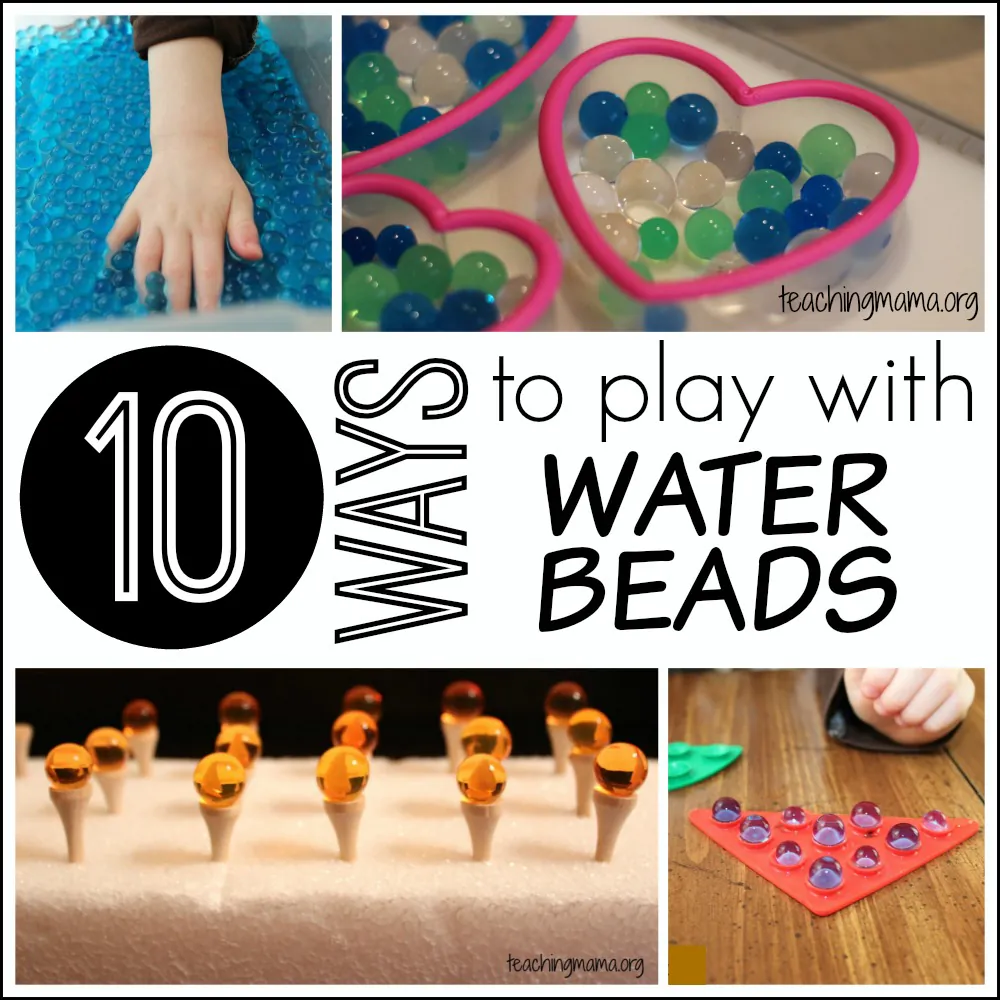
Children can use their pincer grasp to pick up and play with water beads. This activity promotes sensory development and fine motor skills.
Tongs and Pom-Poms:
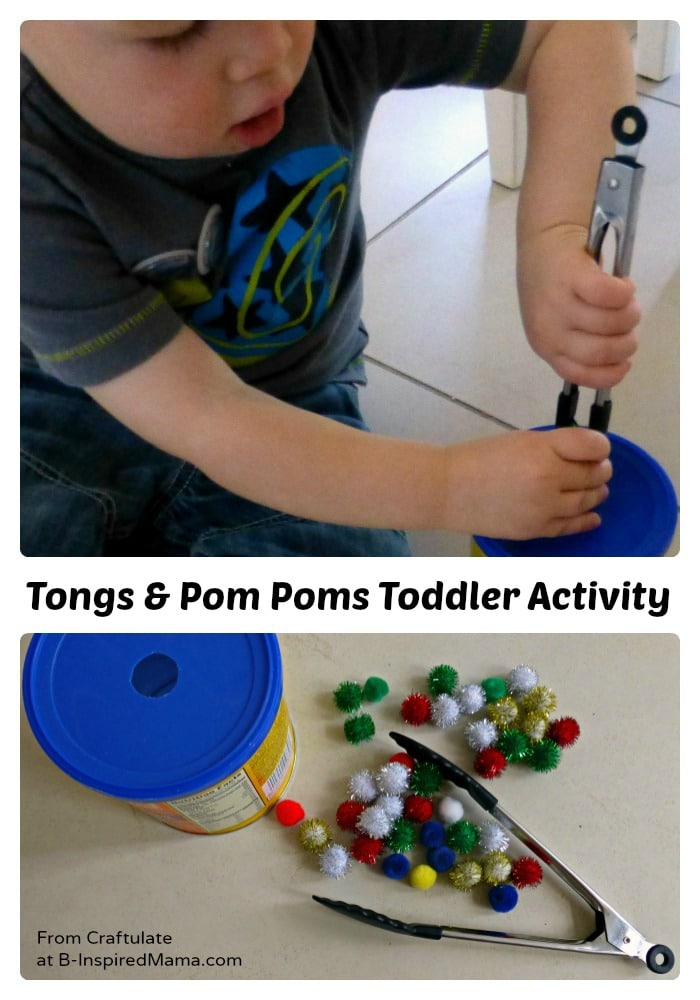
Children can use tongs to pick up pom-poms and sort them by color. This activity promotes cognitive and fine motor development.
Popsicle Stick Puzzles:
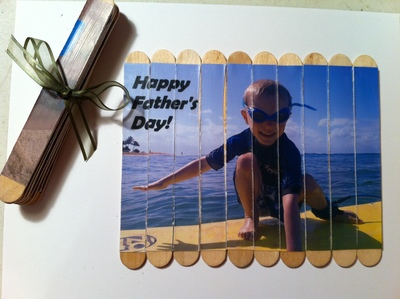
Children can create puzzles by cutting pictures into small pieces and attaching them to popsicle sticks. This activity promotes cognitive development and fine motor skills.
Sticker Mosaic:
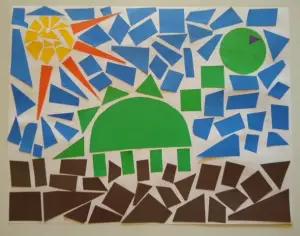
Children can use stickers to create a mosaic on a piece of paper. This activity promotes creativity and fine motor skills.
Pasta Threading:
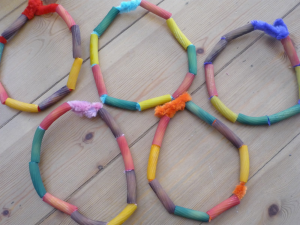
Children can thread pasta onto a string to create a necklace or bracelet. This activity promotes fine motor development and hand-eye coordination.
Button Art:
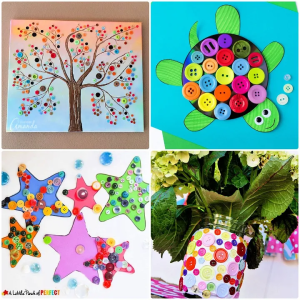
Children can use buttons to create artwork on a piece of paper. This activity promotes creativity and fine motor skills.
Straw Bead Necklace:
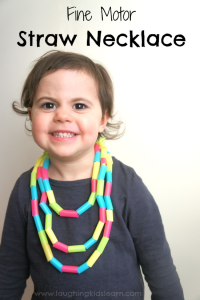
Children can string beads onto a straw to create a necklace or bracelet. This activity promotes fine motor development and hand-eye coordination.
Felt Board Play:
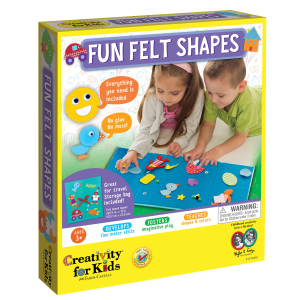
Children can use felt shapes to create scenes on a felt board. This activity promotes creativity and fine motor skills.
Sand Tray Writing:
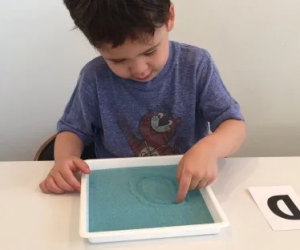
Children can use their fingers to write letters or numbers in a tray of sand. This activity promotes cognitive and fine motor development.
Play with Magnets:
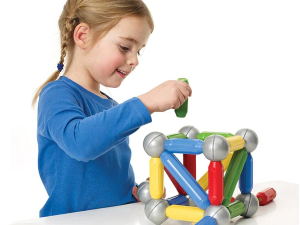
Children can use their pincer grasp to pick up and play with small magnets. This activity promotes cognitive and fine motor development.
Related: 20 Indoor Physical Activities for 3 5 Year Olds
Conclusion
In conclusion, developing the pincer grasp is a crucial aspect of a preschooler’s fine motor development.
Engaging in activities that promote the pincer grasp helps children improve their hand-eye coordination, cognitive abilities, creativity, and social skills.
By incorporating these activities into their daily routine, parents and educators can promote the development of essential fine motor skills and set children up for success in their academic and personal lives.

